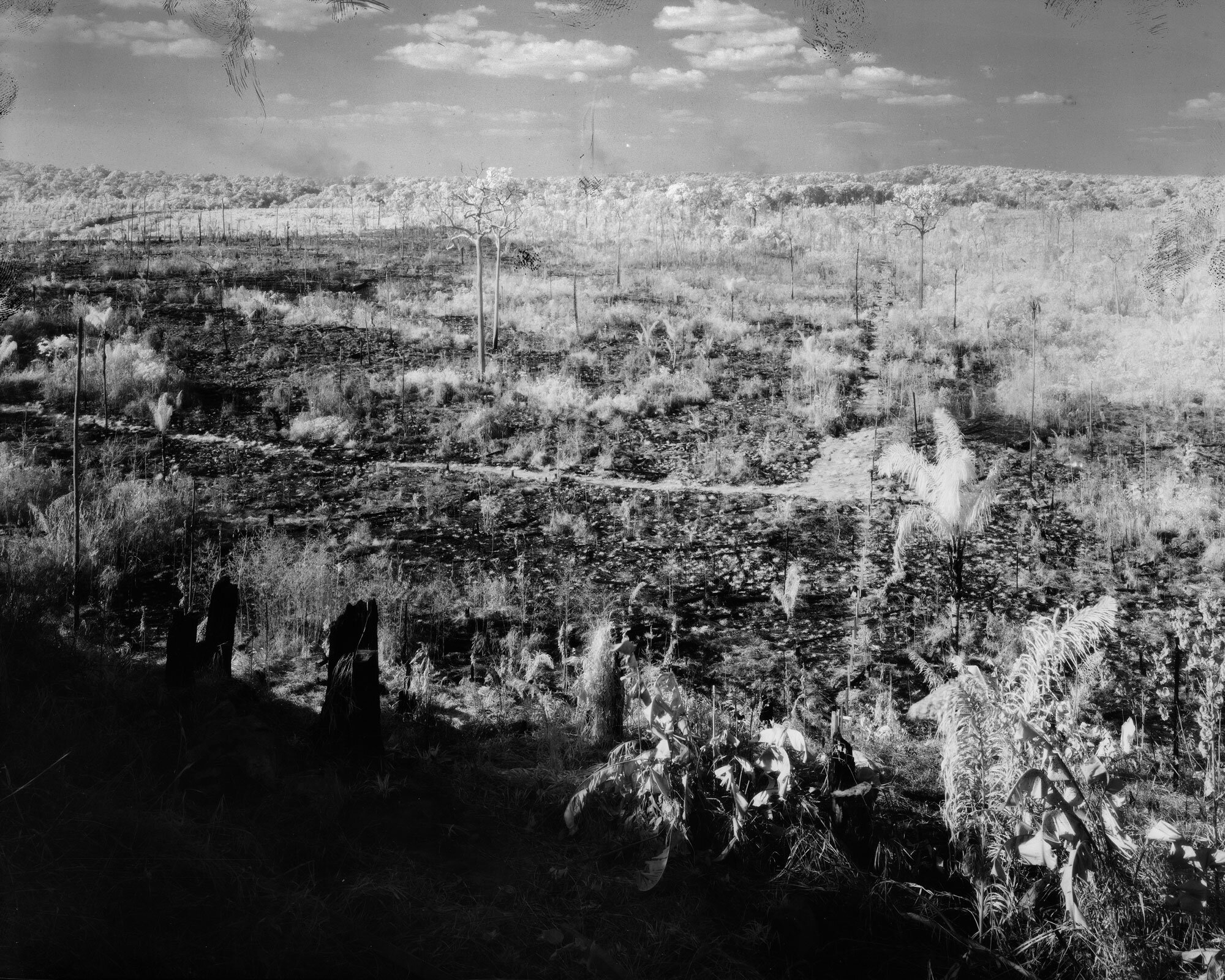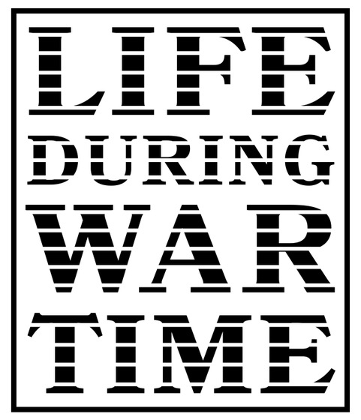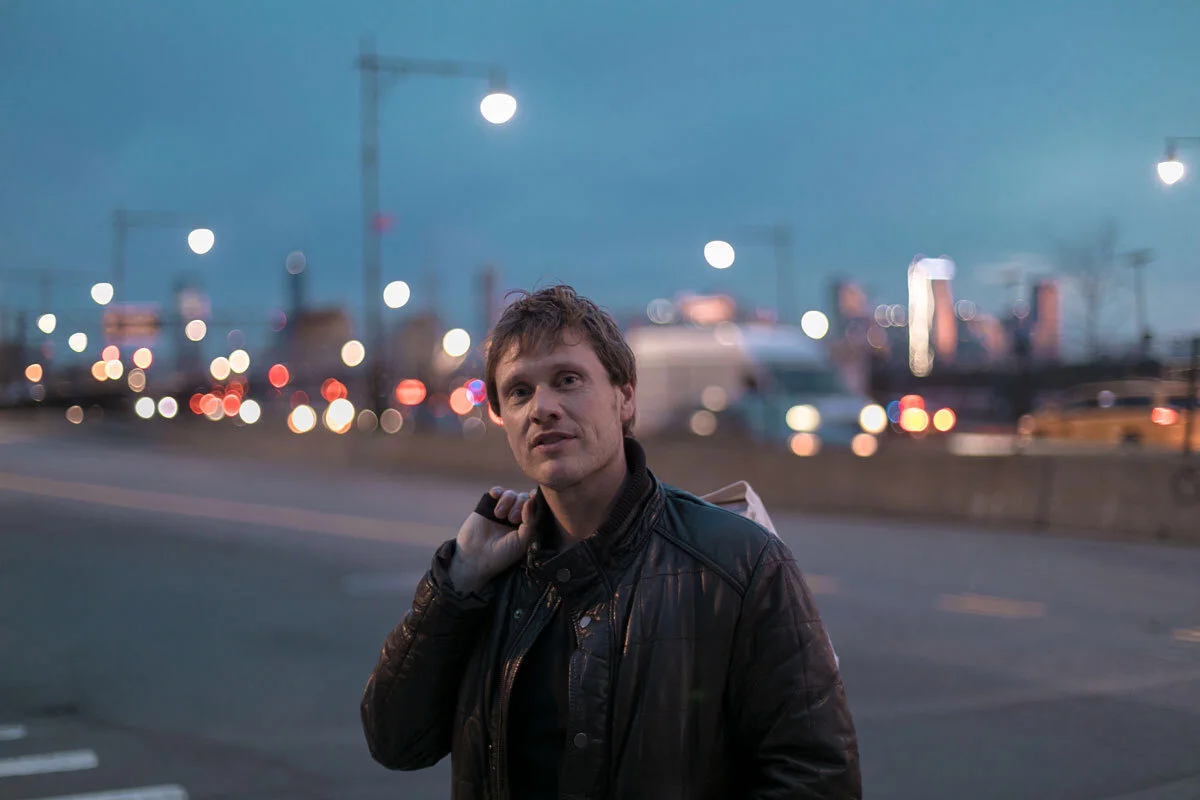
Richard Mosse
In attempting to convey the fog of war one writer described it as simply too frightful, too chaotic, too arbitrary; its events and images too bizarre and uncanny to grasp directly. We need spectacles, shades, filters, he wrote, to glimpse its conflagrations properly. Language is such a filter—so is painting; photography; film. Substitute the word war for the term global warming and you’ll quickly grasp the importance of Richard Mosse’s most recent photographs. They expertly filter out ocular and doctrinal static to crisply visualize man’s ongoing war on the environment.
Because the grand finale of our centuries-long process of global warming is hard to capture, Mosse has embarked on a multiyear project to visualize climate change in the Amazon basin, a territory long referred to as Earth’s lungs. Much as he has in past films and photographs, Mosse has employed specialized cameras to help him and others see past the deadening effects of image overload. Using a drone-mounted multispectral camera of his own design, the Irish artist has harnessed a medium used by mining companies, agribusiness, and land developers as well as climate scientists to make “multispectral maps.” In his hands, these maps turn data imaging artfully impactful and visually expressive.
In the image titled Felled Brazil Nut Tree and Deforestation west of Jacareacanga (2020), Mosse adapts digital information illustrating specific environmental factors belonging to a particular topography to give compelling evidence of man’s willful and systematic destruction of the Amazon. In two other black and white images Mosse contributed to Life During Wartime, the artist employs a rare and long-discontinued film: Kodak High Speed Infrared (HSI). A grainy analogue medium that is highly sensitive to infrared light and fogs easily when exposed to heat and humidity—leaving tears, droplets, scratches, fingerprints—Mosse uses the film to make analog “portraits” of a rapidly expanding process of deforestation.
An analog for his dauntingly high tech multispectral maps, these large-format black and white images focus on deforestation intimately, revealing the destruction of the Amazon for what it is: an ongoing crime perpetrated on a living, breathing body, a family member even, on which humanity urgently depends. Or as Mosse puts it: “These two very different media, which register invisible light in very different ways, form a kind of dialectic within the project, intended to depict instances of the Amazon’s destruction in more activated and meaningful ways than conventional documentary photography.”
— CVF, USFCAM
About Richard Mosse
(Kilkenny, Ireland, 1980)
He lives and works in New York City.
Richard Mosse’s work has been the subject of recent solo exhibitions at the San Francisco Museum of Modern Art, the National Gallery of Art (Washington D.C.), the Barbican Art Gallery (London), and the National Gallery of Victoria (Melbourne, Australia). Recent group exhibitions include the National Museum of Modern and Contemporary Art (Seoul, South Korea), the Denver Art Museum, the Hamburger Kunsthalle (Hamburg, Germany), the Museum für Moderne Kunst (Frankfurt, Germany), The Victoria and Albert Museum (London), and the International Center of Photography (NYC), among others. He is a recipient of the Prix Pictet, the Deutsche Börse Photography Prize, a Guggenheim Fellowship, a Shifting Foundation Grant, the Yale Poynter Fellowship in Journalism, the Frankfurt Biennial B3 Award, a grant from Pulitzer Center on Crisis Reporting, and a Leonore Annenberg Fellowship. Mosse represented Ireland at the 55th Venice Art Biennale. He has published six books. His latest monograph, The Castle (Mack Books, 2018), was selected as one of New York Times Magazine’s top ten photobooks of 2018.
Artist website: richardmosse.com
Gallery website: jackshainman.com

